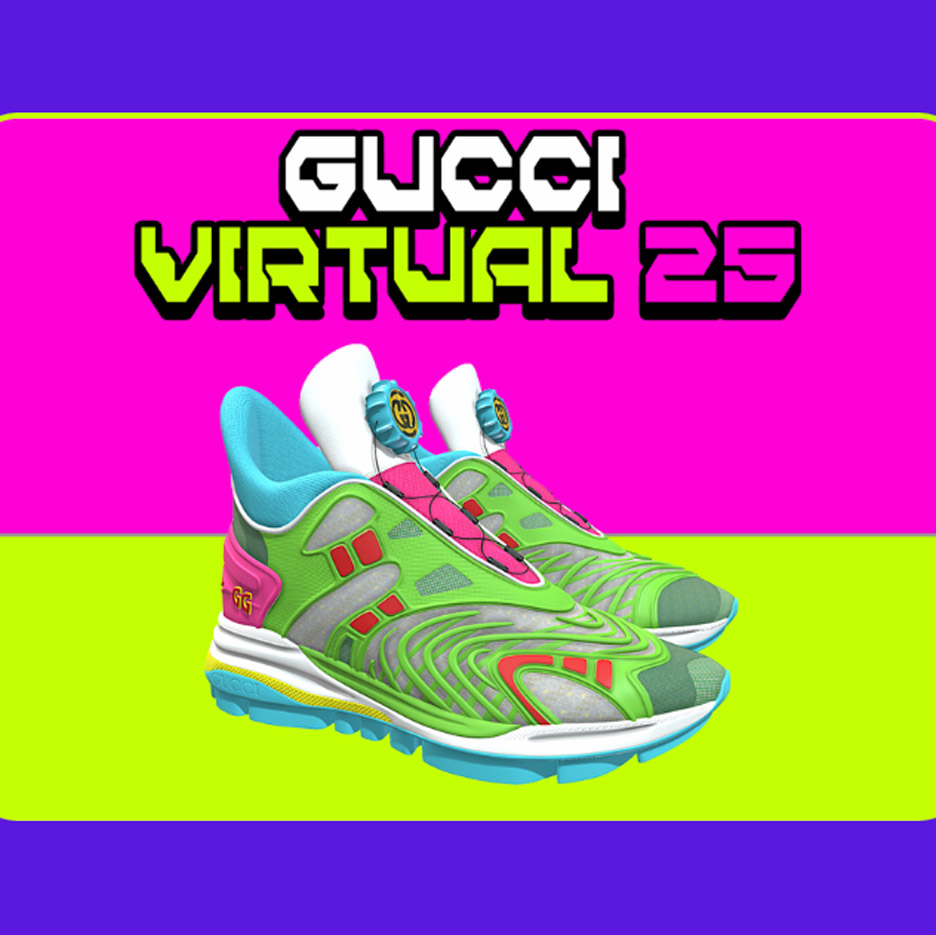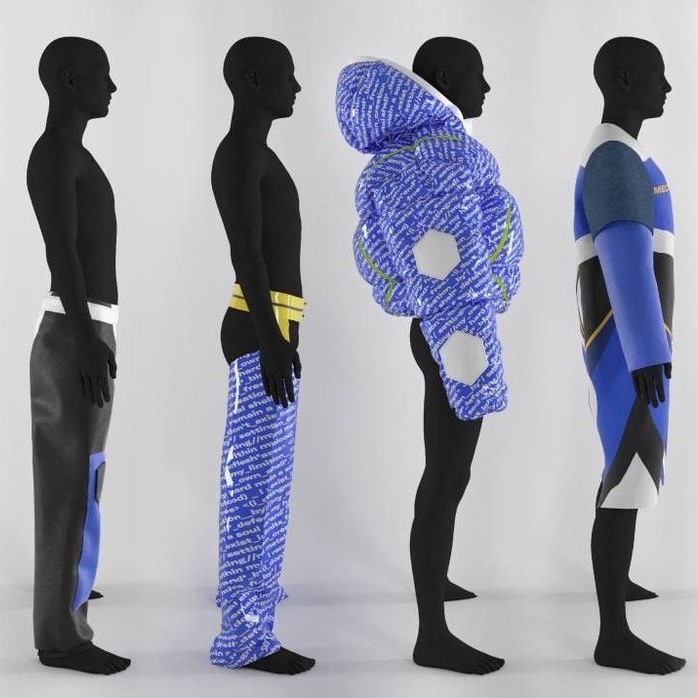September 2021 marks an exciting time for the high fashion world as Runways, the industry’s centrepiece, seem to be returning to normality. Kicking off with New York Fashion Week, the event is hosting its first physical shows since February 2020. While the shows have not yet returned to their pre-pandemic attendance levels, this still is good news for an industry that on an intuitive level is seemingly ill-suited to the digital sphere which it was restricted to over the past 18 months. However, the high fashion industry may not only be using technology to successfully navigate our Covid-19 altered world, but the industry may also see technology completely change the way we try on, purchase, and even wear our clothes.
Augmented reality is an enhanced version of the real physical world that is achieved through the use of digital visual elements, sound, or other sensory stimuli delivered via technology, the foremost of which is what the high fashion industry is focusing on to change the way we interact with our wardrobe. The primary application of this technology is allowing customers to try on clothes, accessories, or even cosmetic products with the use of a medium such as the consumers’ smartphone, glasses, or even a mirror. This service is already in use today with “Dior Try-On” allowing you or I to try on the French luxury House’s sunglasses and other accessories by simply using our smartphones. L’Oréal also offers a similar application for the testing of the brand’s lipstick, also with the use of a smartphone. In 2018, 10% of luxury goods were sold through e-commerce channels, with this proportion expected to hit 25% by 2025. While this growth has been inflated by e-commerce trends during the Covid-19 pandemic, even before this, younger consumers started to demonstrate an increased willingness to purchase expensive luxury goods online. Those operating in the luxury goods industry believe these augmented reality services may be a way to capture this trend of purchasing high ticket items online, as well as even attracting more customers to do so through creating a more pleasurable and comprehensive virtual shopping experience.

While being able to try on all of Dior’s latest pieces (virtually) from the comfort of your home may seem, exciting, farfetched, or even gimmicky? It does give us insight into what the ultimate destination may be for this technology. As we become more and more connected to a virtual ecosystem, is it inconceivable to think our eyes will one day become intertwined with a digital reality? Facebook has recently unveiled their partnership with popular eyewear manufacturer Ray-Ban to produce a pair of glasses capable of recording video and receiving phone calls. While this first product includes no mention of augmented reality, looking deeper into Facebook’s operations, a larger vision starts to develop. Currently, approximately 20% of 60,500 employees are working exclusively on virtual and augmented reality, the company has also acquired serval AR & VR firms such as BigBox VR and Unit 2 Games. While it is currently just speculation that we will see Facebook integrate AR into their new smart glasses, it is very apparent that Silicon Valley thinks AR is here to stay.
How will the possible integration of VR into our daily lives affect our relationship with the way we wear clothes? Well, the Italian luxury House Gucci may have already given us a hint. Released in March 2021, the Gucci Virtual 25 is a digital sneaker that can only be worn with the use of augmented reality. Similar to the idea of Dior’s Try-On, except this time the consumer was not using their phone to virtually experience wearing a digital version of a product they may then purchase, this was the product. Costing $12, the shoes could be purchased through Gucci’s mobile app, the app could then be used to project the shoes on the consumers’ feet allowing them to take pictures “wearing” the shoes. With the rise of non-fungible tokens (NFTs), allowing certificate of ownership for digital art, large investment in AR & VR as well as the possible wide-scale adoption of smart eyewear, in the future could we experience a reality in which clothes could be worn either physically and digitally?

Sources:
https://blog.clear.sale/luxury-industry-statistics-and-insights-in-2020
https://www.theverge.com/2021/9/9/22662809/facebook-ray-ban-stories-camera-smart-glasses-hands-on
dezeen.com/2021/03/19/virtual-25-gucci-wanna-digital-sneaker/


Really interesting article! It is especially interesting to see the creative use of new technologies in traditionally less technological industries like fashion. In your article you outline mostly the uses of AR for entertainment (e.g.: the Gucci Shoe, or trying on Glasses virtually). To me, it would be interesting to see if AR can also be employed to solve some problems in fashion retail. As an example, the return rate for fashion items bought online is extremely high and often exceeds 50 percent. Do you think that AR could help in finding the right sized items? That could contribute to a significant reduction in returns and logistics costs..